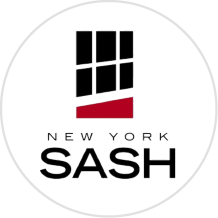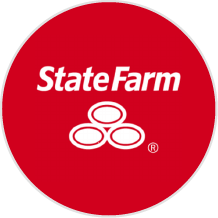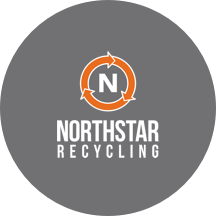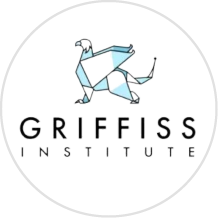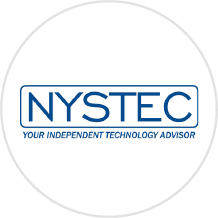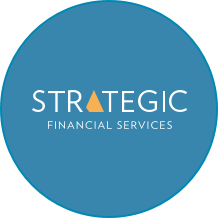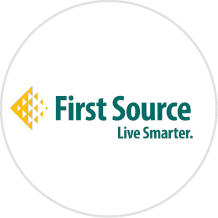 “When people clarify what matters and leverage their strengths, leaders emerge and anything is possible.”
“When people clarify what matters and leverage their strengths, leaders emerge and anything is possible.”
 “When people clarify what matters and leverage their strengths, leaders emerge and anything is possible.”
“When people clarify what matters and leverage their strengths, leaders emerge and anything is possible.”
The winter in Ensenada, Mexico, is unbelievably temperate: sunshine over clear skies counted down December 2016 as I prepared to spend the holiday season in a lovely country villa. Some of the best meals of my life were a stone’s throw away, and with the film and television industry in its seasonal wind-down (auditions for film and television roles traditionally trickling as executives and casting directors go on holiday), there was little else on my daily agenda than reading and taking in the scenery.
So why couldn’t I relax?
One upside stemming from the rising issue of burnout (conservatively estimated to have increased from 19% to 30% in recent years) is a growing understanding of its causes, symptoms, and effects on an individual – and on their workplace community. My inability to relax wasn’t an individual professional preoccupation, but a biological state – a very real stress response to the realities of my industry, and one that needed time to work itself through my neurological system (for more on this, check out Burnout: The Secret to Unlocking the Stress Cycle by Emily and Amelia Nagoski).
According to the World Health Organization, the nature of burnout isn’t an individual failing, nor a synonym for exhaustion — it’s a systemic issue. A result of the biological response to constant stress and being overwhelmed – hijacked really – by the modern schedules and expectations of our classrooms, offices, and organizations. Burnout’s presence signals deeper misalignments in leadership, workplace culture, and organizational priorities.
“Our culture has taken wellness and foisted it on the individual—where it can be bought, measured, and held up as personal success—instead of investing in making our social systems healthy.”
― Pooja Lakshmin, Real Self-Care: A Transformative Program for Redefining Wellness
Burnout’s psychological impact is such that ‘self-care’ and vacation time can prove insufficient (even in the glow of the Mexican coast); and for leaders who guide and shape workplace culture, prioritizing the health and well-being of those in your charge is a social, ethical, and economical imperative.
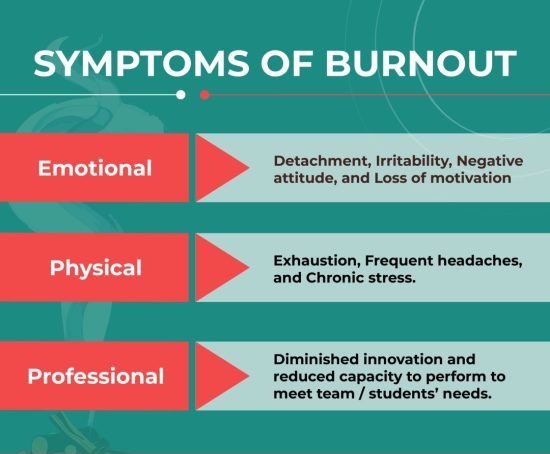
Symptoms of burnout often fall into three overlapping categories: emotional, physical, and professional. These symptoms include;
Detachment
Irritability
Negative attitude
Loss of motivation
Exhaustion
Frequent headaches
Chronic stress
Diminished innovation
Reduced capacity to perform to meet team/students’ needs
However, these categories rarely remain siloed in neat categories, or even amongst individuals: burnout is systemic, and affects everything — and, more importantly, everyone –– in the organization. Of course, if you’re going to mitigate burnout, you’ll need to know how to recognize it, and recognize it for what it is: a growing problem, but one we can solve together.
According to Gallup, a majority of U.S. employees experience burnout. 76% experience burnout at least sometimes, while 28% are “very often” or “always” burned out at work. The continual toll is not only harmful on an organizational level: it is tied to chronic mental or physical health issues.
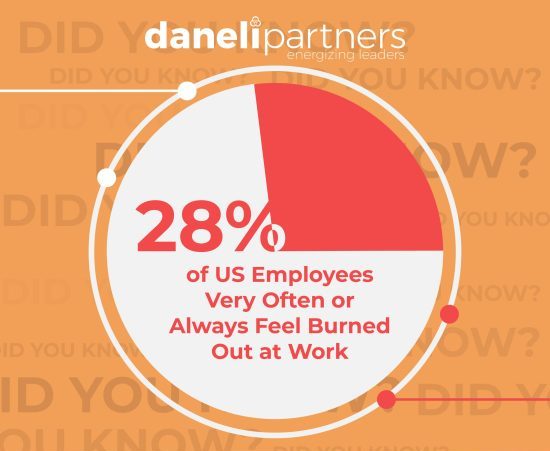
“Rest is, quite simply, when you stop using a part of you that’s used up, worn out, damaged, or inflamed, so that it has a chance to renew itself.”
– Emily Nagoski, Burnout: The Secret to Unlocking the Stress Cycle
As a preview, here are a few red flags that might be signaling burnout on your team:
1. “The Cloud,” or when emotional exhaustion hovers:
Watch & Listen For:
“The Cloud” is just that – a fog that slows interaction and collaboration, and obfuscates connection. If ‘lack of communication’ is a frequent complaint, maybe there’s a bigger issue not being mentioned, or not being heard by management.
What the Research Says:
2. “The Black Hole,” or when cynicism and detachment become the norm.
Watch & Listen For:
If you’re doing your best Ted Lasso impression, and find the conversation reflexively steers toward negativity, it’s a clear sign of burnout. Imagination, hope, and positivity are compounding forces and need community to thrive––but a ‘black hole’ culture can just as easily suck them into a spiral of hopelessness.
What the Research Says:
3. “Resenteeism,” declining performance, and weaponized incompetence
Watch & Listen For:
Resenteeism is the active form of what’s known as “quiet quitting,” and can accumulate toxicity that is hard to bounce back from. When departments blame their errors on unrealistic performance expectations for their colleagues, or managers and veteran employees blame their negativity on the work ethic of their cohort, Resenteeism can start to take hold.
What the Research Says:
4. “Absenteeism,” when the organization is a ghost town.
Watch & Listen For:
What the Research Says:
5. “The Coffin Corner,” where there is a lack of opportunity for advancement, education, and development.
Watch & Listen For:
What the Research Says:
6. “The Big Ache,” or when stress accumulates in the body
Watch & Listen For:
What the Research Says:
“Don’t just climb the ladder of success – a ladder that leads, after all, to higher and higher levels of stress and burnout – but chart a new path to success, remaking it in a way that includes not just the conventional metrics of money and power, but a third metric that includes well-being, wisdom, wonder and giving, so that the goal is not just to succeed but to thrive.”
– Arianna Huffington
Burnout is a Leadership Issue
Burnout is not an individual failure — it’s a leadership challenge. If it’s showing up on your team, it’s a signal that something in your workplace culture needs to change. Addressing it means:
However burnout manifests in your organization, take it as an opportunity to grow as a leader: not to further burden a struggling team member. If burnout is present in a team, it is a signal that something in the system needs to evolve . The idea that burnout is solved solely through individual self-care — meditation, time off, or personal resilience — is a myth. Prevention, therefore, is a leadership responsibility, requiring workplaces built on trust, equity, and sustainability.
That’s why, no matter where you are in your leadership journey, we want you to take part in the conversation.
Leadership is about more than driving results — it’s about creating environments where people can thrive. Let’s imagine a new workplace culture, and transformative leadership for the humans in our charge.
Send us a message using the form below, or email us at [email protected], or call 315-508-4370













